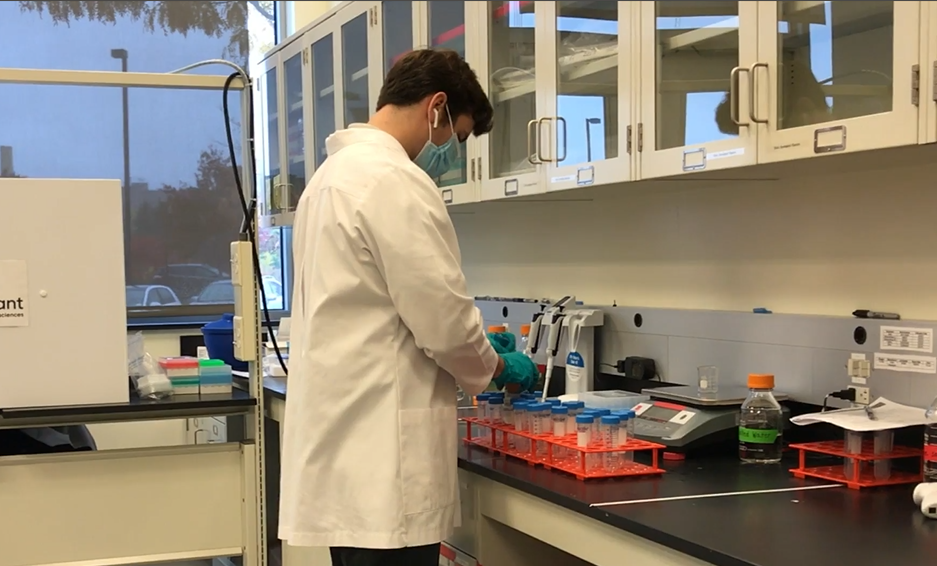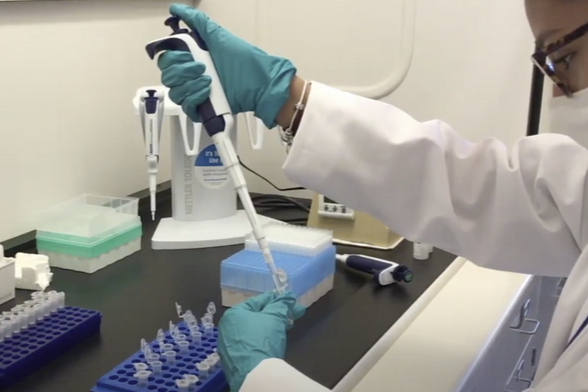Advanced wastewater surveillance paves the way for public health assurance
Wastewater surveillance paves the way for public health assurance
A recent study reveals that monitoring wastewater can enhance schools’ readiness for potential public health crises.

A study published on Jan. 10 found that wastewater surveillance can be an effective tool for future public health emergency response plans in Upstate New York. While these tools cannot fully diminish the spread of diseases, researchers said, this type of surveillance gives a one-day early indication of viruses in wastewater. This is the first step schools can take to limit the spread of bacterial diseases.
The study, published in PLOS Global Public Health, was based on wastewater samples taken from a shared middle and high school campus in Jefferson County, New York. Wastewater surveillance enables health departments and public health communities to obtain fast and accurate results regarding illness-causing viruses, bacteria and exposures to environmental hazards in wastewater.
A research team of six led by David Larsen, public health chair of Falk College of Sport and Human Dynamics at Syracuse University, monitored wastewater as part of the study. The research is one of many studies to come out of Falk College regarding wastewater surveillance and public health.
These groundbreaking surveillance tools are transformative for school systems post-COVID-19, Larsen says.
“Thinking back to March of 2020, the world had a big information void on where transmission was occurring, and the decision to shut down schools was made without knowing who exactly was at risk,” Larsen said. “I got into this to try to improve the understanding and to build tools that would help people become more prepared in another emergency health situation.”
Larsen and his team began the study in 2021. They took wastewater samples from approximately 600 students and 115 faculty and staff on the shared Jefferson County campus.

If wastewater surveillance plants were available in schools during the outbreak of COVID-19, there could have been an earlier warning of spread bacteria to ultimately keep schools open longer, Larsen said.
“The one-day lead time gives you more of a warning that something is happening,” he said. “If there is another public health emergency at the same scale as COVID-19, I would hope we would do wastewater tests in schools to try to keep them open as long as possible.”
The surveillance process requires three elaborate steps to test the bacteria in the wastewater.
The method begins by taking a water sample and processing it through to a laboratory. The research team worked alongside Hyatt Green and Frank Middleton at SUNY ESF and Upstate Medical University respectively, to develop methods to concentrate the water. They did this using an ultra-centrifuge, which spins the nucleic acids found in the water into a pellet. Once the pellet is formed, it can be reconstituted back into a liquid, similar to a PCR test for COVID-19.
The wastewater surveillance technology cannot be traced back to a specific individual. This maintains the confidentiality of individuals’ health information, according to the study.
The focus of the surveillance tool is to test for general bacterial levels within a community to know how much transmission there might be in that area. Because the wastewater plants are near schools, Larsen believes schools do not need to start testing their own wastewater until there is a large-scale public health emergency or pandemic.
“We want schools to be prepared and have an understanding of their sewer system and how to sample it so these precautions can be implemented in case of an emergency,” he said.
During the 2022 polio outbreak in New York, water surveillance tools were used to pinpoint areas where the illness was being transmitted, according to Larsen. Though the original goal of the study was to test for COVID-19, wastewater surveillance tools can test for almost every infectious disease, including influenza, hepatitis and respiratory viruses, proving as a powerful tool for public safety.
